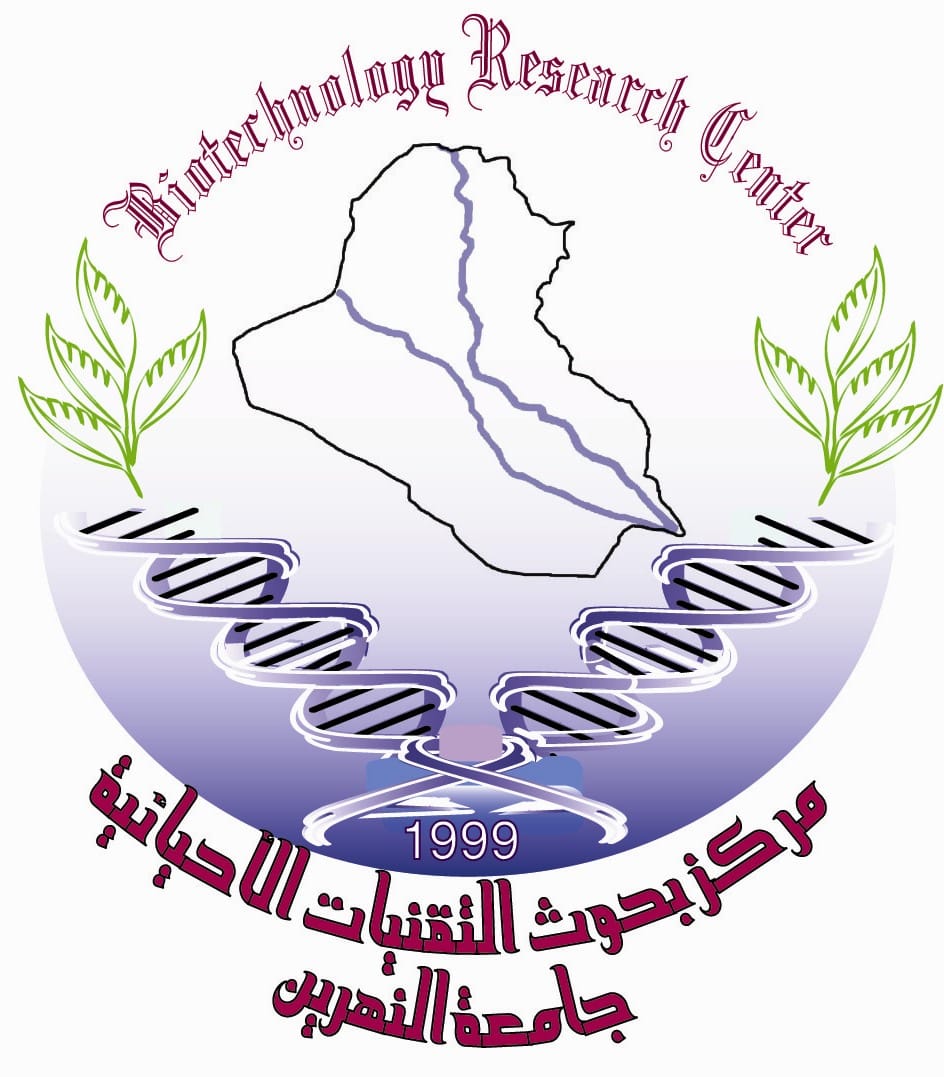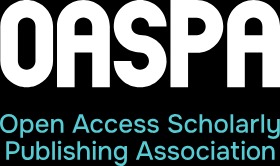Sustainable Development Policy
The Sustainable Development Goals (SDGs), also known as the Global Goals, were adopted by the United Nations in 2015 as a universal call to action to end poverty, protect the planet, and ensure that by 2030 all people enjoy peace and prosperity.
The 17 SDGs are integrated—they recognize that action in one area will affect outcomes in others, and that development must balance social, economic, and environmental sustainability.
Countries have committed to prioritizing the progress of those who're furthest behind. The SDGs are designed to end poverty, hunger, AIDS, and discrimination against women and girls.
The creativity, know-how, technology, and financial resources from all of society are necessary to achieve the SDGs in every context. The SDGs build on over a decade of work by participating countries. In essence, the SDGs are a continuation of the eight Millennium Development Goals (MDGs), which began in the year 2000 and ended in 2015. The MDGs helped to lift nearly one billion people out of extreme poverty, combat hunger, and allow more girls to attend school. The MDGs, specifically goal seven, helped to protect the planet by practically eliminating global consumption of ozone-depleting substances; planting trees to offset the loss of forests; and increasing the percentage of total land and coastal marine areas worldwide. The SDGs carry on the momentum generated by the MDGs with an ambitious post-2015 development agenda that may cost over $4 trillion each year. The SDGs were a result of the 2012 Rio+20 Earth Summit, which demanded the creation of an open working group to develop a draft agenda for 2015 and onward.
In short, the 17 SDGs are:
Goal 1: No Poverty: End poverty in all its forms everywhere.
Goal 2: Zero Hunger: End hunger, achieve food security and improved nutrition and promote sustainable agriculture.
Goal 3: Good Health and Well-being: Ensure healthy lives and promote well-being for all at all ages.
Goal 4: Quality Education: Ensure inclusive and equitable quality education and promote lifelong learning opportunities for all.
Goal 5: Gender Equality: Achieve gender equality and empower all women and girls.
Goal 6: Clean Water and Sanitation: Ensure availability and sustainable management of water and sanitation for all.
Goal 7: Affordable and Clean Energy: Ensure access to affordable, reliable, sustainable, and modern energy for all.
Goal 8: Decent Work and Economic Growth: Promote sustained, inclusive and sustainable economic growth, full and productive employment and decent work for all.
Goal 9: Industry, Innovation, and Infrastructure: Build resilient infrastructure, promote inclusive and sustainable industrialization, and foster innovation.
Goal 10: Reduced Inequality: Reduce inequality within and among countries.
Goal 11: Sustainable Cities and Communities: Make cities and human settlements inclusive, safe, resilient, and sustainable.
Goal 12: Responsible Consumption and Production: Ensure sustainable consumption and production patterns.
Goal 13: Climate Action: Take urgent action to combat climate change and its impacts.
Goal 14: Life Below Water: Conserve and sustainably use the oceans, seas, and marine resources for sustainable development.
Goal 15: Life on Land: Protect, restore, and promote sustainable use of terrestrial ecosystems, sustainably manage forests, combat desertification, and halt and reverse land degradation and halt biodiversity loss.
Goal 16: Peace, Justice, and Strong Institutions: Promote peaceful and inclusive societies for sustainable development, provide access to justice for all and build effective, accountable, and inclusive institutions at all levels.
Goal 17: Partnerships to Achieve the Goal: Strengthen the means of implementation and revitalize the global partnership for sustainable development.
With these goals before our eyes, our journal encourages researches and promotes articles involving achieving these goals especially if the researcher pointed them out during his goal of research and conclusions.










